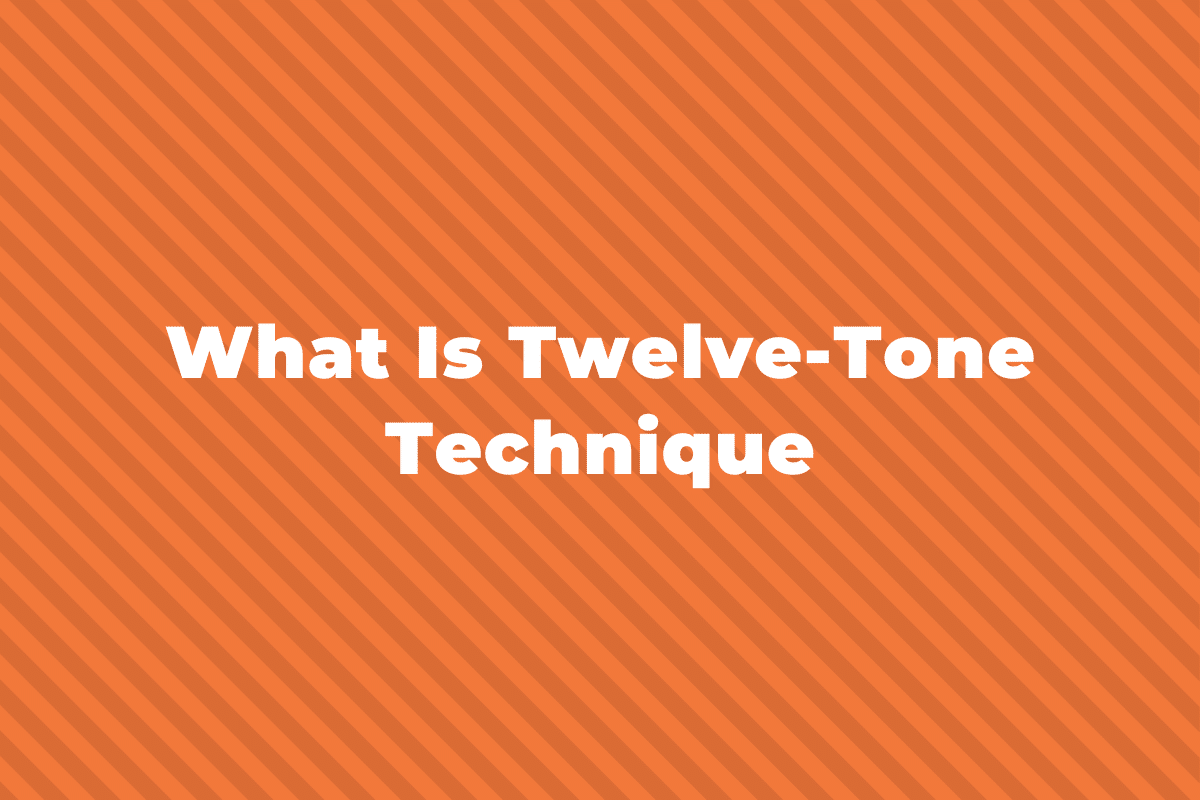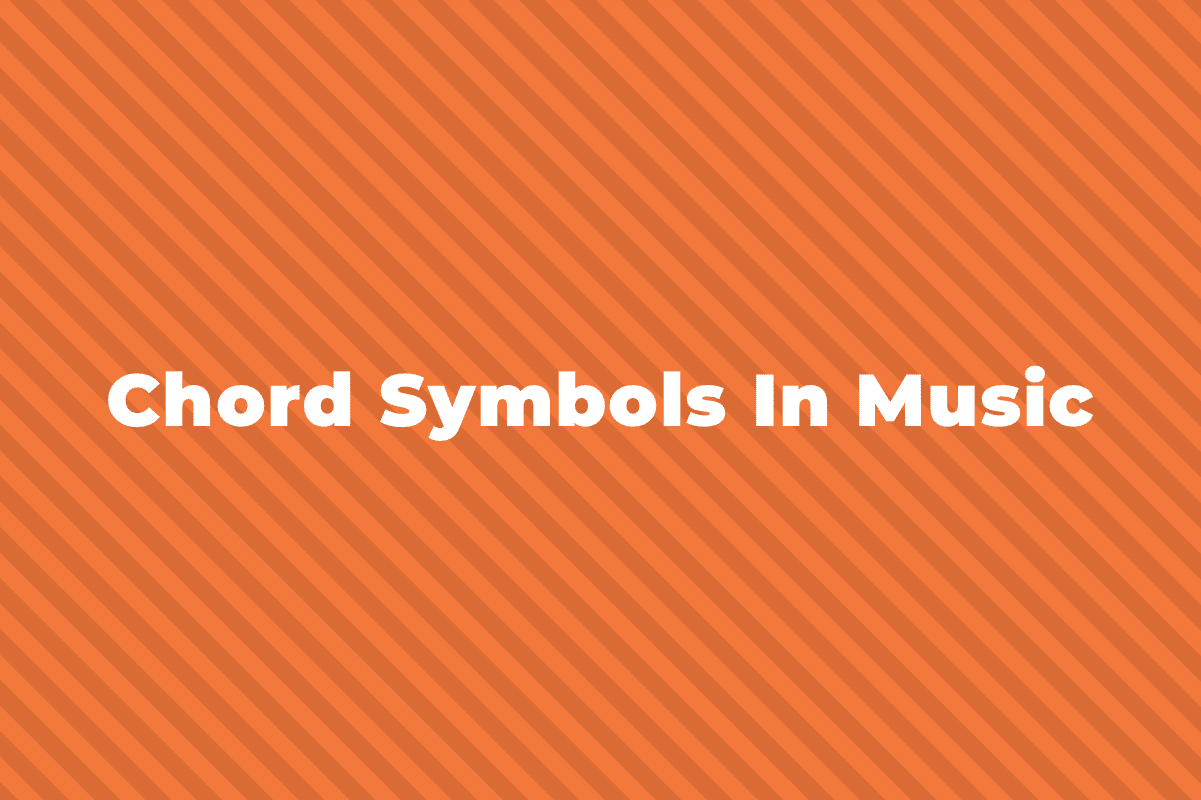Pitch is one of the most fundamental words in all of music. Everything that deals with melody and harmony, scales and chords, starts with pitch.
But it is also sometimes misunderstood, and often, what we think of as pitch is different from its actual meaning. We might think of a note as sounding “higher” or “lower” than another note, but what does that actually mean?
In this article, we’ll cover everything about pitch. But first, what is pitch in music?
Definition of Pitch

Pitch is the word we use to describe the degree of highness or lowness of a sound.
It comes from the frequency of the soundwave that creates a sound. The higher the frequency of a soundwave, the higher the pitch, making the note sound higher. While a lower frequency results in a lower pitch, making the note sound lower.
An example of a high-pitched sound would be a whistle, bird song, or a flute, while examples of low-pitched sounds would include distant thunder, a tuba, or a foghorn on a large ship.
Soundwaves and Frequency
What actually happens when you play a note on an instrument?
Whether you play a piano key, strum a guitar string, or blow into a saxophone, that instrument produces a sound wave.
A sound wave is just vibrations of air molecules that go back and forth, creating a wave of pressure that travels from the instrument (that produces the sound) and is picked up by our ears.
The speed at which a sound wave moves up and down and makes a full cycle is called its frequency. Pitch is then how the human ear hears and understands that frequency.
This is all a bit technical and mathematical, but just know that pitch is basically the frequency of a note. The higher the frequency, the higher the pitch, and vice versa; the lower the frequency, the lower the pitch.
So, a note sounds “higher” or “lower” than another note if it has a higher or lower frequency than that note.
You can easily see on a staff what notes are high-pitched and which are lower because they are literally written “higher” on the staff.
Here is an example of notes rising in pitch.

And the opposite is also true. The lower the note is written on a stave, the lower the pitch.
Here’s an example of notes descending in pitch.

How is Pitch Measured?
Pitch is measured mathematically as the number of times a sound wave can repeat in one second.
This number is then displayed in Hertz (Hz for short).
For example, a tone can have a pitch of 400 Hz, which means the sound wave produced by the note repeats 400 times in one second.
The human ear can only hear tones with pitches between 20 Hz and 20,000 Hz, and almost all of the music you see and play would be between 50 Hz and 8,000 Hz.
What is a Note?
A note is a pitch that has a specific name and frequency.
Because pitch is a property of sound and not just music, any sound can have a pitch.
For example, when you speak, your voice has a pitch, but you wouldn’t say you are making music.
Same when you clap your hands or clink a fork to a glass of water; you are producing a tone with a pitch, but it is not necessarily a note.
A note refers to specific pitches, and in Western Music, a note refers to one of 12 named tones that all music is made from – the notes of the chromatic scale.
These notes are:
C, C#/Db, D, D#/Eb, E, F, F#/Gb, G, G#/Ab, A, A#/Bb, and B.

Now, each of these notes can be repeated in different octaves, and so there is not one specific pitch that is associated with each note.
For example, on a regular piano, the note C can have one of 8 pitches: 32.70 Hz, 65.41 Hz, 130.81 Hz, 261.63 Hz, 523.25 Hz, 1046.50 Hz, 2093.00 Hz, and 4186.01 Hz.
Here is a C Major scale, starting at Middle C and going up a full octave.
Here are the pitches of the notes in sheet music and in Hertz:

| Note in a C Major Scale | Pitch/Frequency of the Note (in Hertz) |
| C (lower) | 261.63 Hz |
| D | 293.66 Hz |
| E | 329.63 Hz |
| F | 349.23 Hz |
| G | 392.00 Hz |
| A | 440.00 Hz |
| B | 493.88 Hz |
| C (higher) | 523.25 Hz |
But this required the notes to be in tune.
If the note is out of tune, then it won’t meet these frequencies.
Pitches of Related Notes
Notes that are in the same scale, and specifically notes from the same chord, are mathematically related by pitch.
For example, take the note A from the table above.
This A has a frequency of 440 Hz. But to get the frequency of the A an octave higher, you double the pitch and the frequency.

So if the lower A has a frequency of 440 Hz, then the higher A is 440×2 = 880 Hz.
This continues up and down the entire frequency range – every A found in music is either 55 Hz, 110 Hz, 220 Hz, 440 Hz, 880 Hz, 1760 Hz, and so on.
Perfect 4ths and 5ths of a note are also closely related.
The pitch of a perfect 4th is 4:3 the pitch of the main note, and the 5th is 3:2 above.
So, if the A above is 440 Hz, then the perfect 4th above that (D) is approximately 440×4/3 = 587 Hz and the perfect 5th above that is 440×3/2 = 660 Hz.

The ratio between pitches of other notes in a major or minor scale are as follows:
| Interval | Ratio between pitches |
| Major 2nd | 9:8 |
| Minor 3rd | 6:5 |
| Major 3rd | 5:4 |
| Minor 6th | 8:5 |
| Major 6th | 5:3 |
| Minor 7th | 9:5 |
| Major 7th | 15:8 |
These ratios aren’t really necessary to memorize, but they are helpful to point out that the notes we hear in a chord and scale sound harmonious together because their pitches are closely related mathematically.
Summing Up
So, hopefully, that gives you a good overview of what pitch is.
In general, pitch is the term for how “high” or “low” the note sounds, and it can be measured and written in terms of Hertz or notation on a musical staff.
There are a lot of terms and numbers in this post, so it could be worth going over a few times to make sure everything makes sense.
If you have any questions, let us know, and we’ll help you out!



